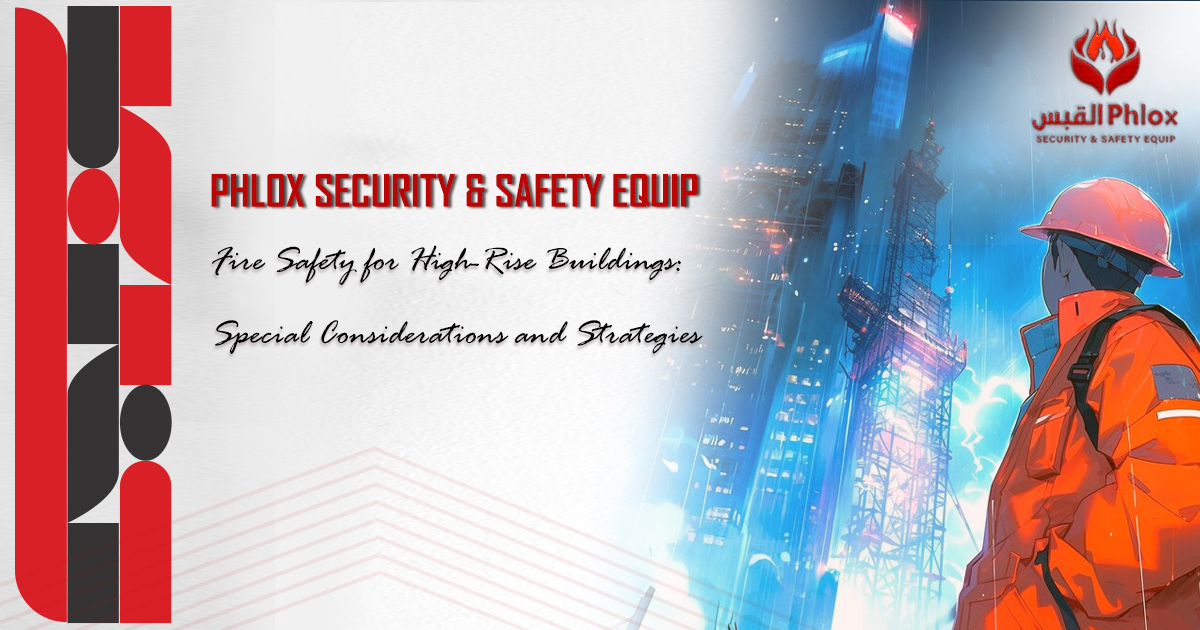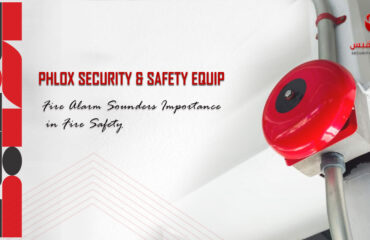
Fire Safety for High-Rise Buildings: Special Considerations and Strategies
Ensuring fire safety in high-rise buildings and skyscrapers presents unique challenges due to their height and complexity. The risks associated with these structures require specialized strategies and considerations to protect occupants and minimize damage. Here’s a guide to effective fire safety measures for tall buildings.
1. Advanced Fire Alarm and Detection Systems
In high-rise buildings, fire detection and alarm systems need to be highly reliable and sophisticated. Install a comprehensive system that includes smoke detectors, heat sensors, and manual pull stations. Ensure that alarms are audible and visible throughout all floors, and integrate the system with emergency communication tools to provide clear instructions during an evacuation.
2. Enhanced High-Rise Buildings Design
High-rise buildings should be constructed with fire-resistant materials and designed to contain fires within specific areas. Utilize fire-resistant walls, floors, and ceilings to prevent the spread of flames and smoke. Fire-rated stairwells and elevator shafts are crucial for safe evacuation and access for emergency responders. Ensure that fire doors and barriers are properly maintained and not obstructed.
3. Effective Fire Suppression Systems
Install automatic fire suppression systems, such as sprinklers, on every floor of the building. These systems should be regularly inspected and maintained to ensure they are functional in an emergency. Consider incorporating alternative suppression systems for sensitive areas like server rooms, which may require special extinguishing agents.
4. Fire Evacuation Plans and Procedures
Develop detailed fire evacuation plans tailored to the building’s layout. Include clear routes for exiting the building and designate assembly points away from the structure. Regularly conduct fire drills with building occupants to familiarize them with evacuation procedures. Ensure that people with disabilities have personalized evacuation plans and support.
5. Training for High-Rise Buildings Occupants
Regular training for building management and maintenance personnel is essential. They should be knowledgeable about fire safety protocols, emergency procedures, and the operation of fire safety systems. Educate occupants about fire safety practices, including not using elevators during a fire and how to react if they encounter smoke or flames.
By implementing these strategies, high-rise buildings can better manage the risks associated with fires and ensure the safety of their occupants. Effective fire safety measures and ongoing training are crucial for mitigating the challenges posed by these towering structures.
Related Topics:
Essential Fire Safety Tips for Residential Areas
Fire Safety in High-Rise Buildings: Navigating Challenges with Effective Solutions


